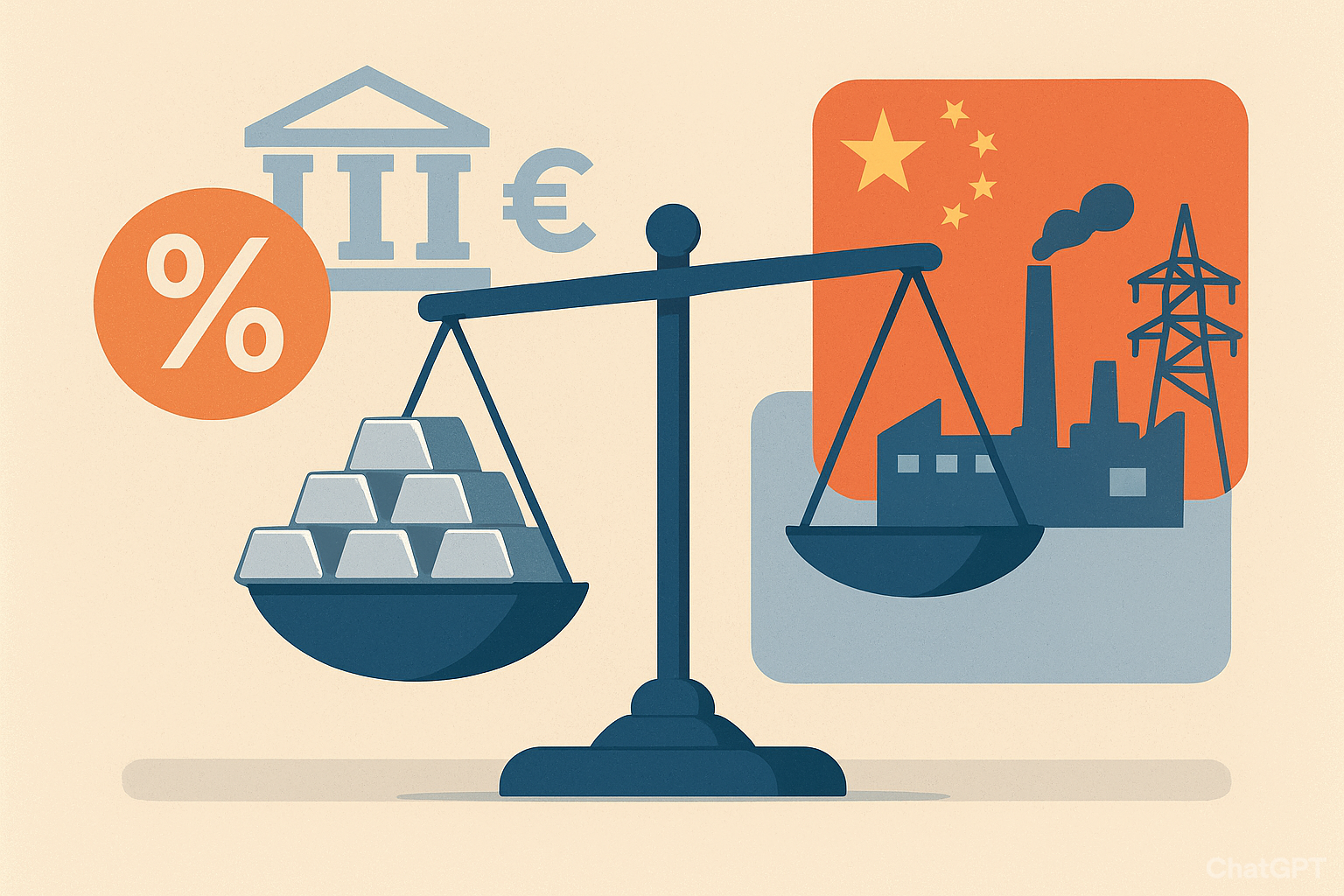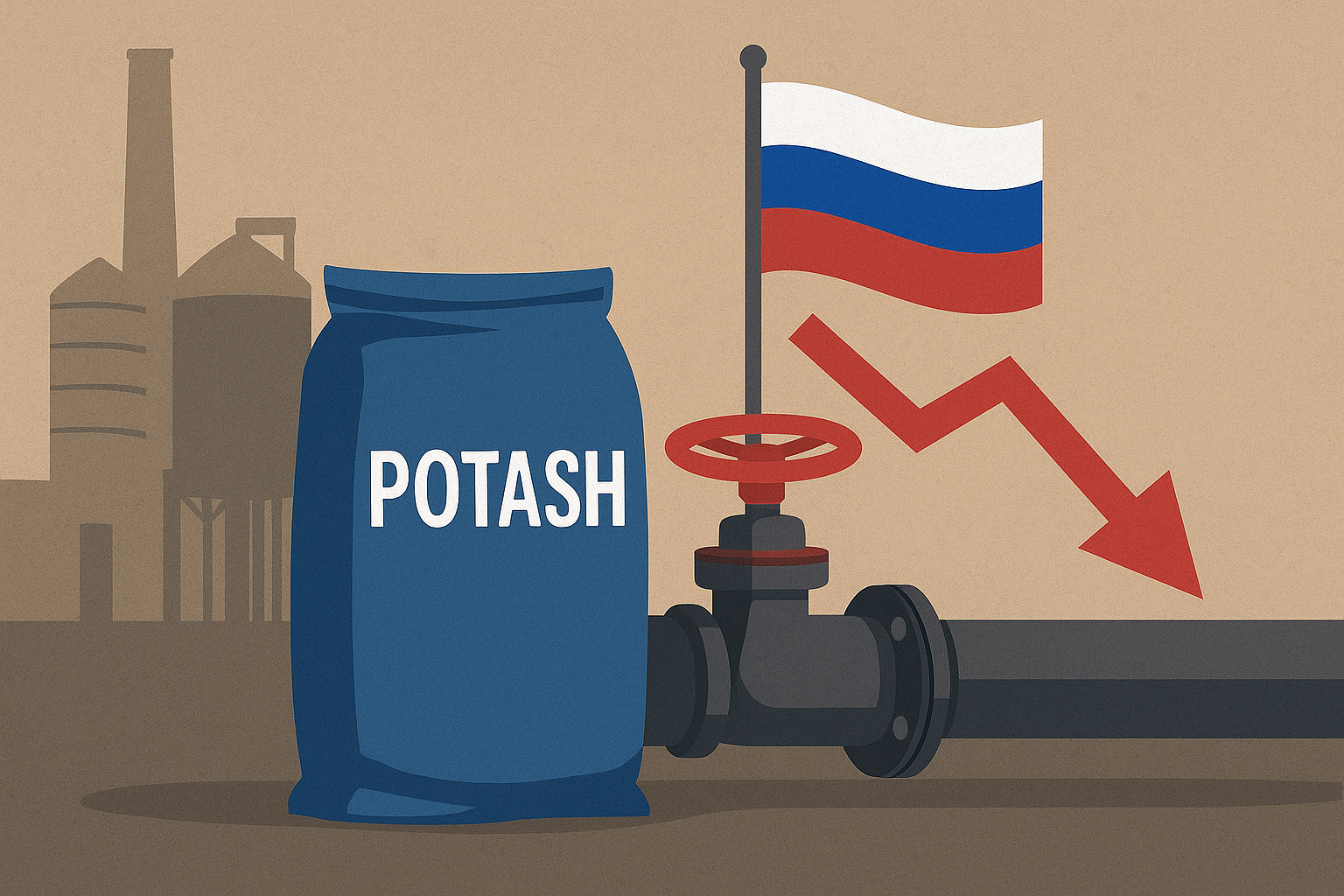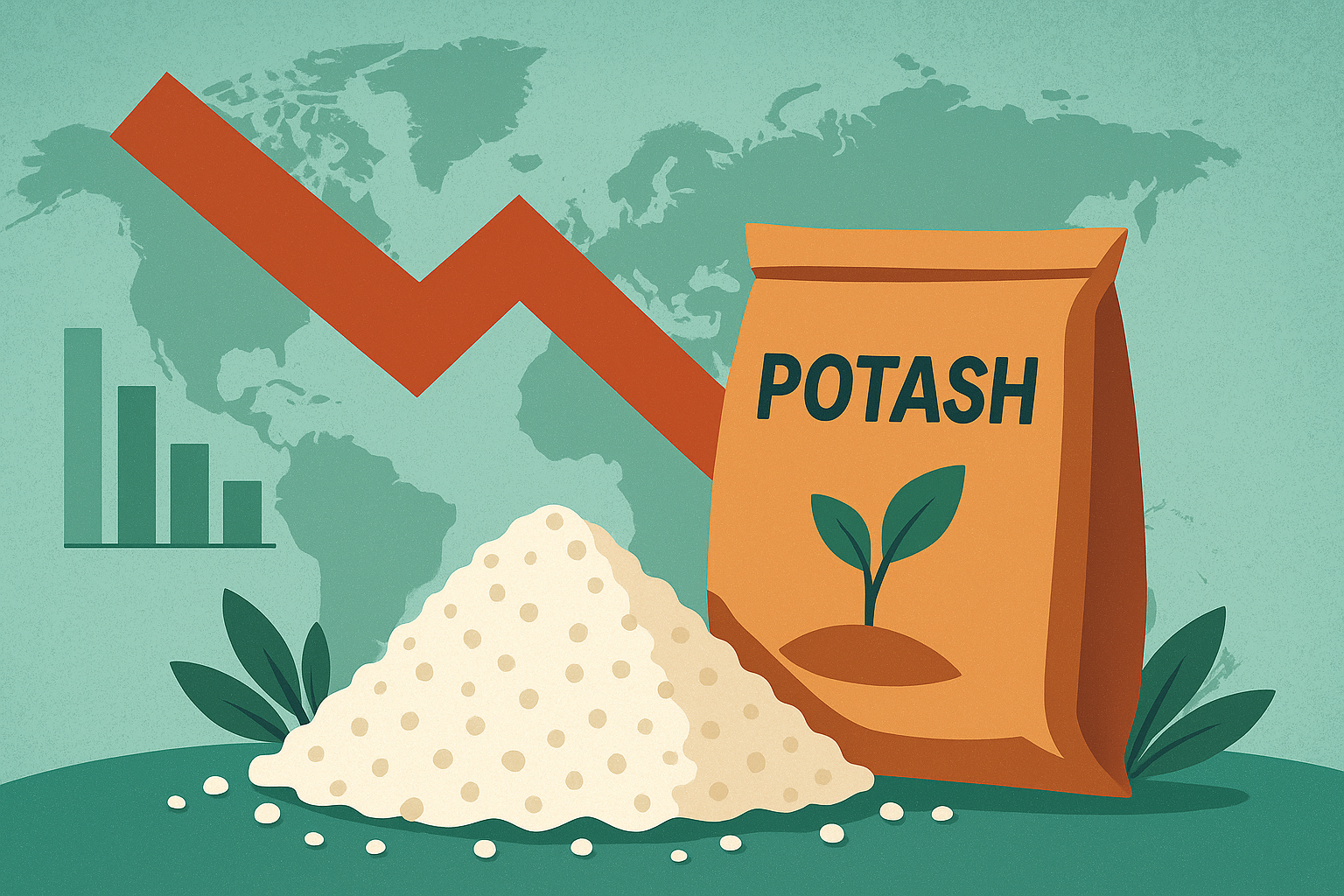Global markets are entering a new phase of uncertainty and opportunity as central banks pivot toward more accommodative monetary policy while China signals tightening in its aluminium sector. For investors watching the commodities space, these shifts could mark a turning point in the base metals cycle — especially in aluminium, where supply dynamics appear to be tilting from surplus toward deficit.
Monetary Policy and Market Momentum
In recent weeks, several major central banks — including the Federal Reserve, the European Central Bank, and key emerging market authorities — have begun to ease interest rates and provide liquidity support in response to slowing global growth. This pivot has lifted sentiment across risk assets, from equities to commodities.
Base metals, often viewed as bellwethers for global industrial activity, have responded positively. Aluminium, copper, and zinc prices all showed signs of renewed momentum in trading sessions this week, according to Reuters’ Morning Bid market commentary. The correlation between monetary stimulus and metals demand is well established: looser financial conditions tend to boost infrastructure spending, manufacturing activity, and speculative positioning in commodity markets.
Why Aluminium Is in Focus
While copper frequently dominates headlines as the metal of electrification, aluminium is emerging as a critical story for investors in late 2025. Historically oversupplied, aluminium now faces the risk of a supply squeeze.
China, which accounts for more than half of global aluminium production, has tightened capacity rules and hinted at possible restrictions on high-emission smelters. According to analysts at BloombergNEF, China’s curbs could reduce annualised production by as much as 1–2 million tonnes if implemented fully. Meanwhile, inventories tracked by the London Metal Exchange (LME) and Shanghai Futures Exchange have shown early signs of drawdowns, raising the possibility of a supply deficit as early as 2026.
These developments come at a time when aluminium demand is supported by structural trends: lightweighting in transportation, renewable energy infrastructure, and the push for “green aluminium” with lower carbon footprints.
Investor Risks in the Base Metals Rally
Despite the bullish signals, risks remain. Global demand is still fragile, with manufacturing PMIs in Europe and parts of Asia lingering below expansionary levels. Inflation remains sticky in certain economies, limiting how far central banks can push monetary easing.
Over the past decade, base metal investors have seen how quickly bullish supply-demand narratives can unwind if Chinese growth falters. Goldman Sachs recently warned that over-optimism on commodity deficits often leads to sharp corrections, particularly when speculative positioning builds ahead of hard data.
For aluminium specifically, the risk lies in overestimating the impact of Chinese policy shifts. If Beijing softens its stance or restarts idled capacity to support growth, the market could swing back to surplus.
Future Trends to Watch
1. Chinese Smelter Policy: Watch for announcements on capacity caps, energy usage, and environmental regulation. These are the clearest drivers of potential aluminium supply tightening.
2. Inventory Levels: LME and Shanghai Futures Exchange stockpiles remain a leading indicator. Continued drawdowns would support the tightening thesis, while stable or rising inventories would temper bullish expectations.
3. Energy Markets: Aluminium is highly energy-intensive. Fluctuations in coal, natural gas, and renewable power availability directly affect smelter profitability and output.
4. Demand from Green Sectors: EVs, solar, and wind projects are increasingly aluminium-intensive. Tracking orders, subsidies, and project rollouts provides insight into structural demand growth.
Key Investment Insight
Investors should position with caution but remain alert to upside potential. Low-cost aluminium producers, especially those with access to renewable power, are best placed to benefit from potential supply deficits and rising prices. At the same time, aluminium-intensive sectors — such as automotive, construction, and consumer goods — could face margin pressures if costs rise sharply.
For those tracking listed equities, diversified miners with aluminium exposure, green aluminium producers in North America and the Middle East, and exchange-traded funds (ETFs) tied to base metals may offer opportunities. However, disciplined risk management is essential given ongoing macro headwinds.
As global monetary policy loosens and China’s aluminium sector faces potential curbs, investors should brace for higher volatility in base metals. Whether aluminium shifts decisively into deficit or stabilises in balance will depend on policy choices, energy costs, and demand resilience over the next 6–12 months.
Stay ahead of these shifts and follow explorationstocks.com for daily insights on the commodities shaping tomorrow’s investment landscape.






